Was called "crazy" when deciding to go to the highlands to build a pineapple factory
With about 90% of the population being ethnic minorities, Muong Khuong ( Lao Cai ) has been on the list of the poorest 30a districts in the country for many years.
About 4 years ago, during a trip , witnessing the lush pineapple hills full of potential for export raw materials, the board of directors of Asia Food Joint Stock Company decided to open a branch and build a pineapple factory in Lung Vai commune.
Mr. Hoang Phu Cuong - currently the branch director of the company - was assigned the task of "taking the lead" in implementing the risky investment project, accompanying local people in developing their livelihoods.
“Coming from the lowlands to here to open a factory is not an easy task. Many friends say I am “crazy” when there are so many industrial parks in the lowlands where I can open a factory, it is more convenient in every way” - Mr. Hoang Phu Cuong confided to a reporter from VietNamNet Newspaper.
In the first two years, Mr. Cuong and his colleagues spent a lot of time and effort guiding people to grow off-season pineapples to ensure a source of raw materials for the factory to operate year-round. Up to now, people here have grown more than 200 hectares of off-season pineapples.
Factories in the highlands mainly use local human resources, because sending people from the lowlands to places lacking everything is not feasible, when there are many factories in Bac Ninh, Bac Giang, Hanoi , Ha Nam, Hung Yen...
“When the company first started operating, the district accompanied and resolved difficulties. We directed localities to coordinate in recruiting about 200 regular workers to work directly for the company,” said Mr. To Viet Thanh, Vice Chairman of Muong Khuong District People’s Committee.
However, most ethnic minorities in Muong Khuong have been growing tea for generations. When the tea season comes, people still keep the custom of picking tea and exchanging labor, causing the pineapple factory to lack workers. Not to mention, in the mountainous district, there is a movement to export labor.
Due to a lack of workers, many times Mr. Cuong did not dare to accept more orders to avoid the risk of being fined if he did not deliver enough goods as promised.
Income from pineapple is 3 times higher than corn and cassava
People in Muong Khuong have experience growing pineapple for many years.
Mr. Liu Van Hoa’s family in Km15 village, Ban Lau commune, has been growing pineapples since 2008, mostly exporting to China. During the Covid-19 pandemic, his family’s income was quite unstable, but has gradually stabilized in recent years.
“The highest selling price was 12,000 VND/kg at the end of last year, and is currently at 8,000 VND/kg. With 15,000 pineapple trees, my family earns 35-40 million VND. In the near future, I will expand the pineapple growing area to about 100,000 trees. The source of seeds is available locally, if there is a shortage, we can buy more in Ninh Binh and Thanh Hoa,” said Mr. Hoa.
Mr. Luu Cong Duong, a trader in Lao Cai city, boasted: “Pineapples in Muong Khuong are sweeter than those in Thanh Hoa and Ninh Binh due to the weather and climate. Each pineapple crop takes about a year from planting to harvesting. Growing pineapples is more profitable than growing corn and cassava, about three times more this year.”
Mr. To Viet Thanh commented that pineapple trees bring a very good income to people. Currently, the price of fresh pineapple is about 7-8 thousand VND/kg, the yield is 25-30 tons/ha, so people are very excited.
According to the Vice Chairman of the district, pineapple has become one of the crops that people prioritize, especially in low-lying communes such as Ban Lau, Lung Vai, Nam Chay...
The province currently has a number of large commodity areas, including over 1,800 hectares of pineapple. The district strives to expand the pineapple area to approximately 2,000 hectares by the end of 2025.
Mr. Thanh highly appreciated the establishment of deep processing factories to help localities take the initiative in processing and increase product value.
“In recent years, the district has invited a number of businesses to invest in deep processing factories to give people peace of mind in developing pineapple plants,” said Mr. Thanh.
Creating stable livelihoods to help people escape poverty
Overcoming difficulties step by step, for about 2 years now, the pineapple factory's value chain production linkage model has brought a fairly stable and sustainable source of livelihood for people, contributing to helping District 30a gradually eliminate hunger and reduce poverty.
Pineapple growers are contracted by the factory to buy their products, and on average each household earns tens of millions of VND per crop. People aged 50-70 who want to work extra can take pineapples from the factory home to peel - stay home to look after grandchildren, cook... and still have income. Families who earn less earn 5-6 million VND per month, while those who earn more earn 8-11 million VND per month.
“The hard-working students often come to the factory. They go to school in the morning, and in the afternoon, if they don’t have extra classes or other work, they come here to peel pineapples, earning 2-3 million VND per month,” Mr. Cuong happily said as he took us to visit the pineapple processing area where about 10 girls are working hard.
Factory workers have a low income of 7-8 million VND/month, a high income of 11-12 million VND/month, plus many other social security benefits such as annual vacations costing about 3-4 million VND/person, free lunches...
“We always try to create many opportunities for Muong Khuong people to stabilize their livelihoods. We hope that people will stay with the factory for a long time to develop sustainable agriculture, contributing to promoting the socio-economic development of the mountainous district,” Mr. Cuong added.
According to vietnamnet.vn
Source: https://baolaocai.vn/xay-nha-may-dua-o-huyen-vung-cao-ngheo-nhat-nuoc-post401593.html


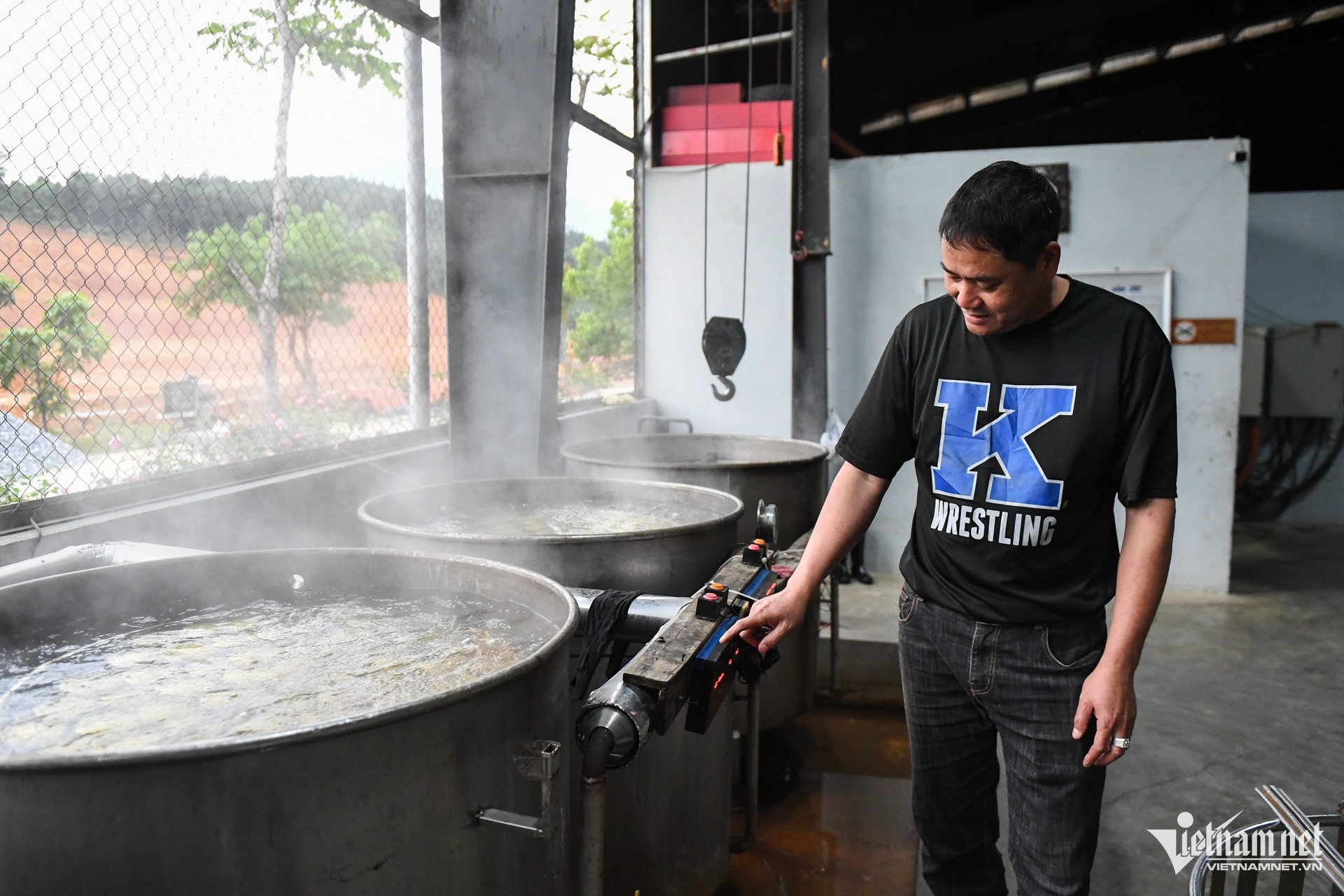
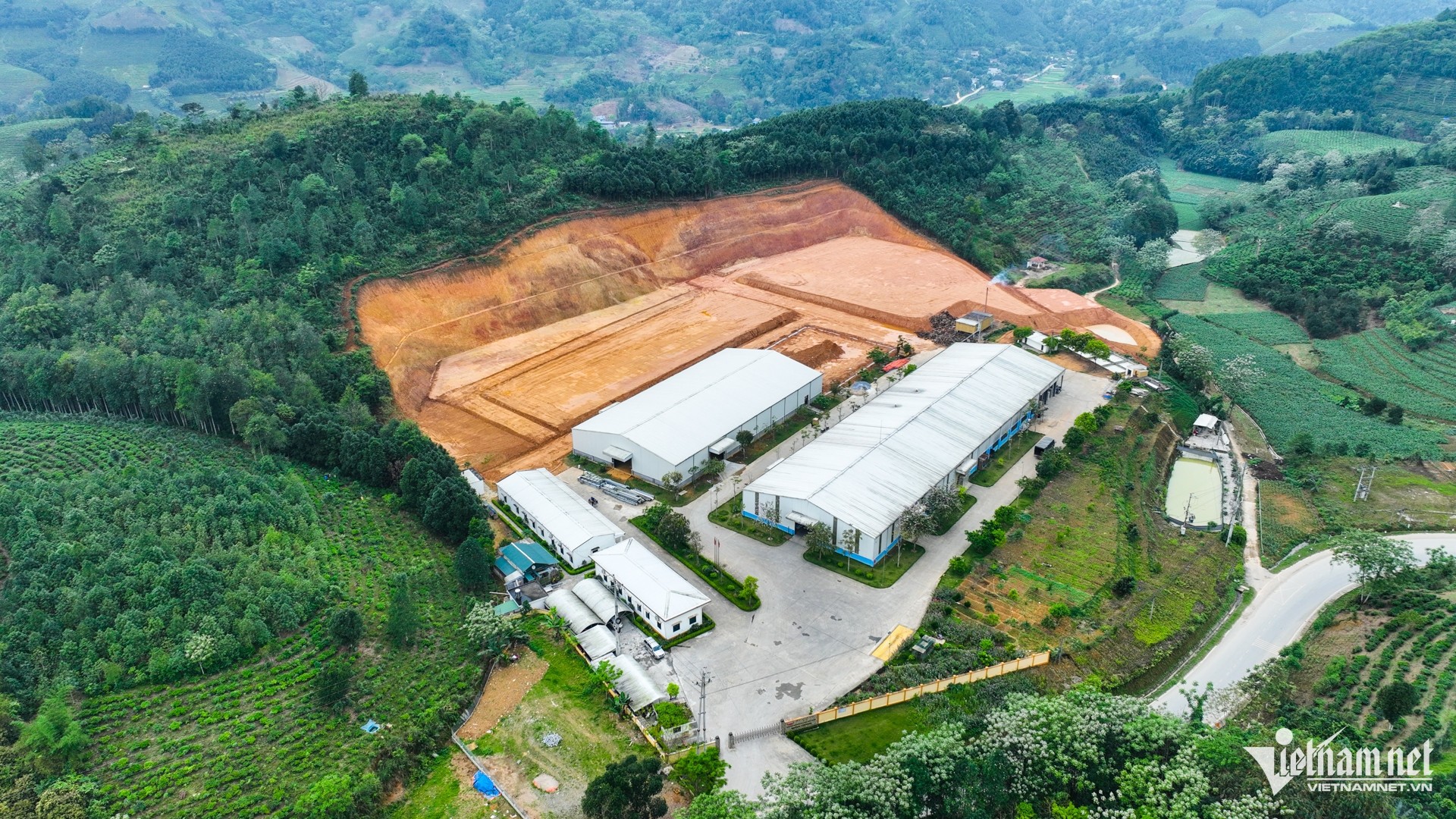
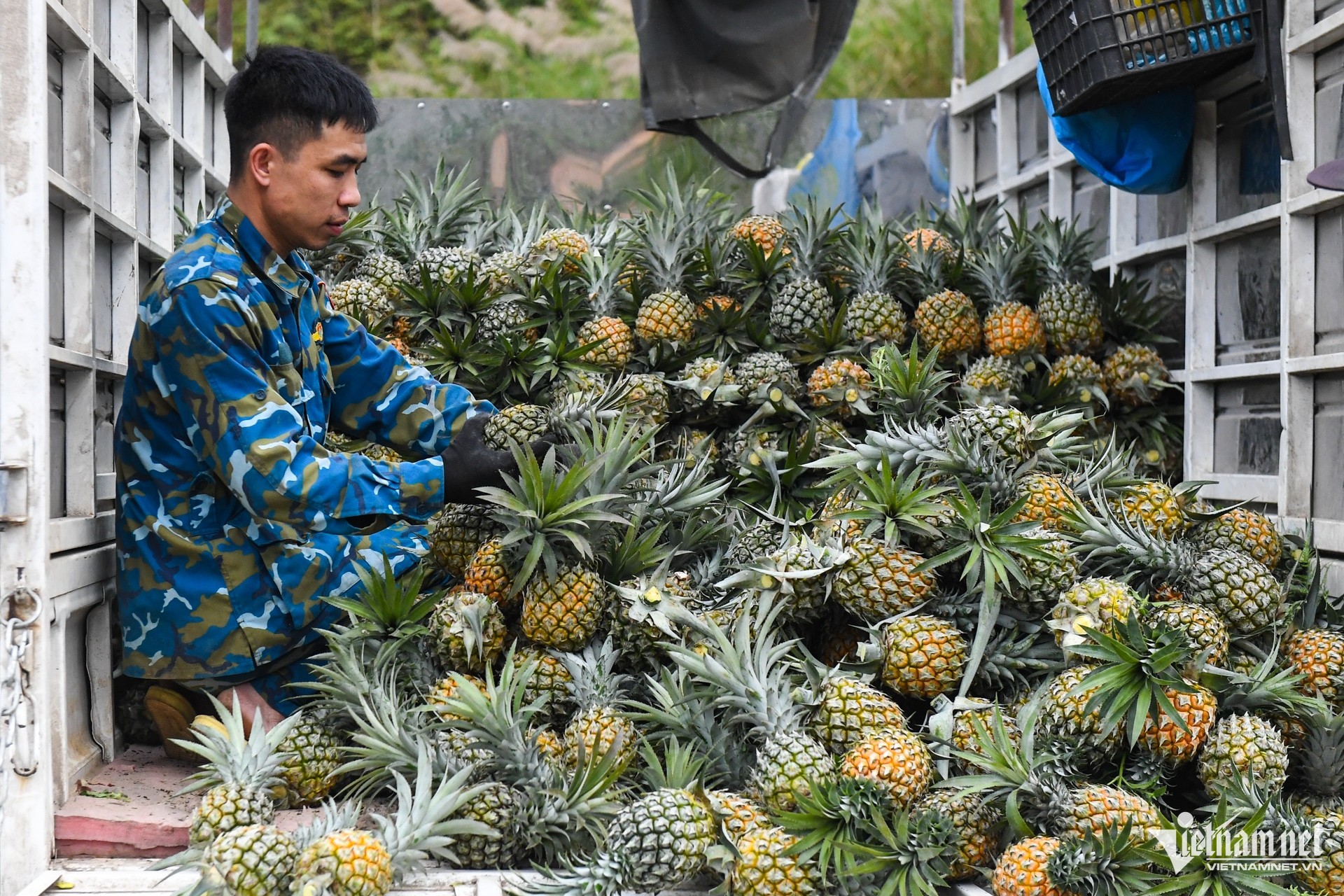
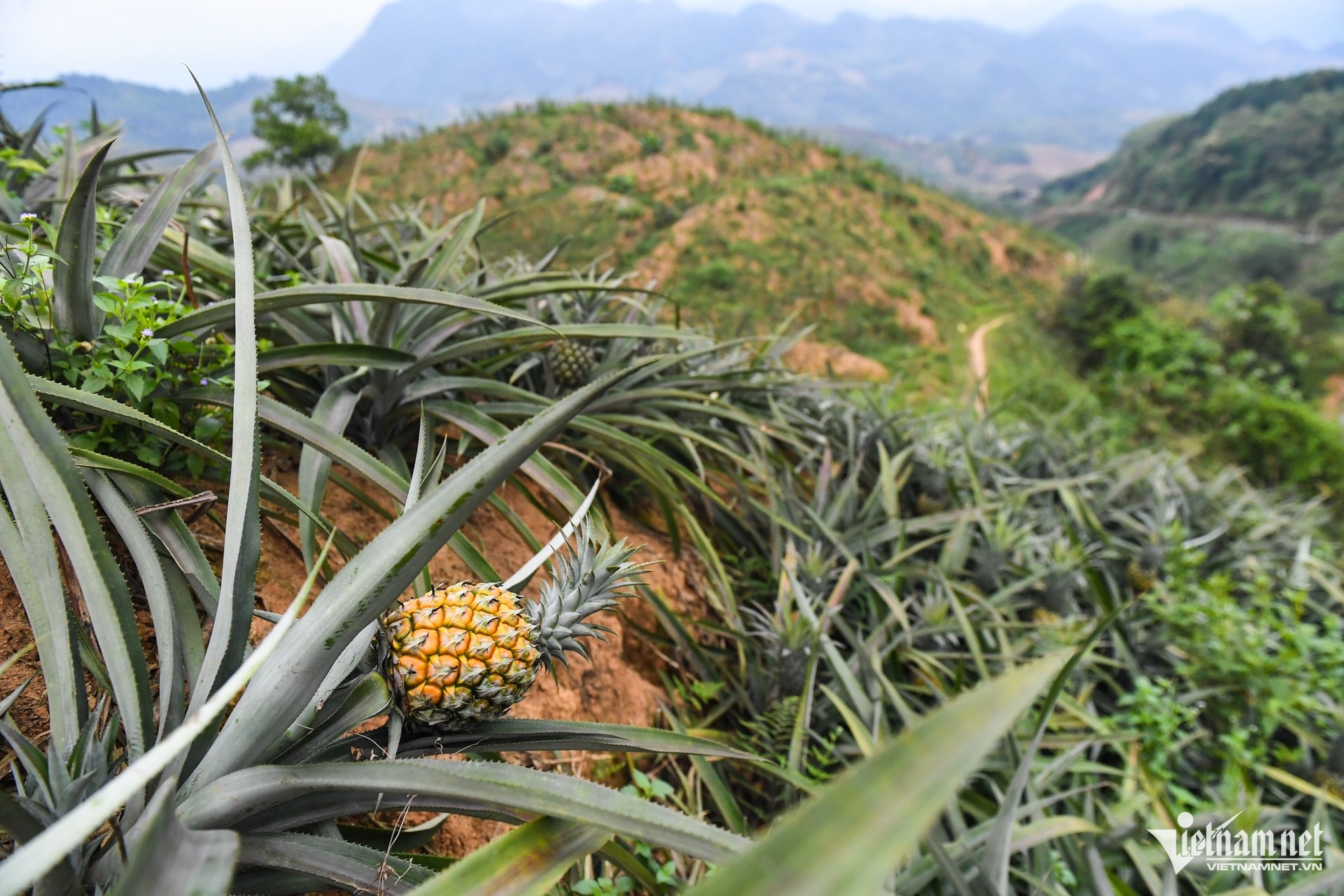
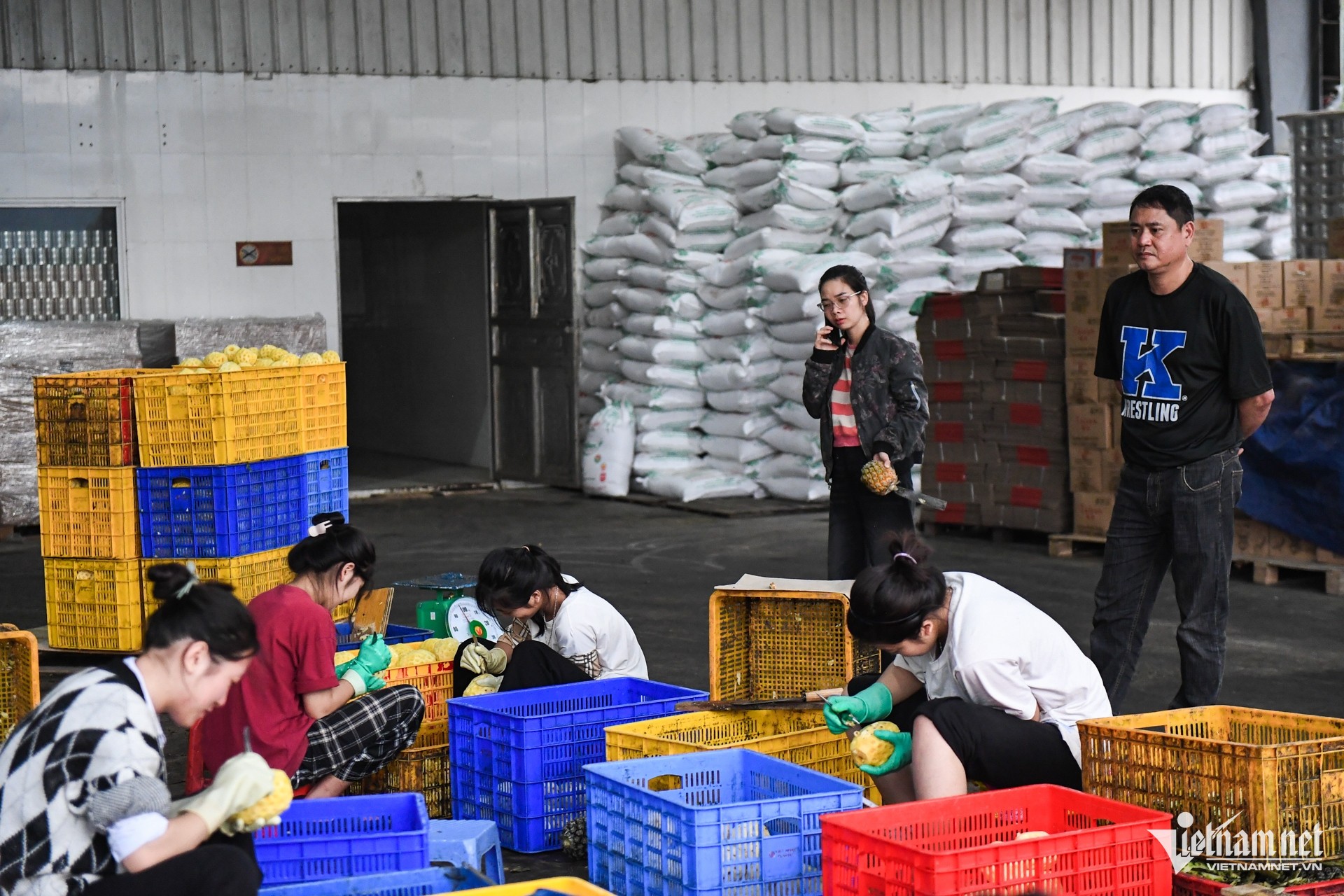
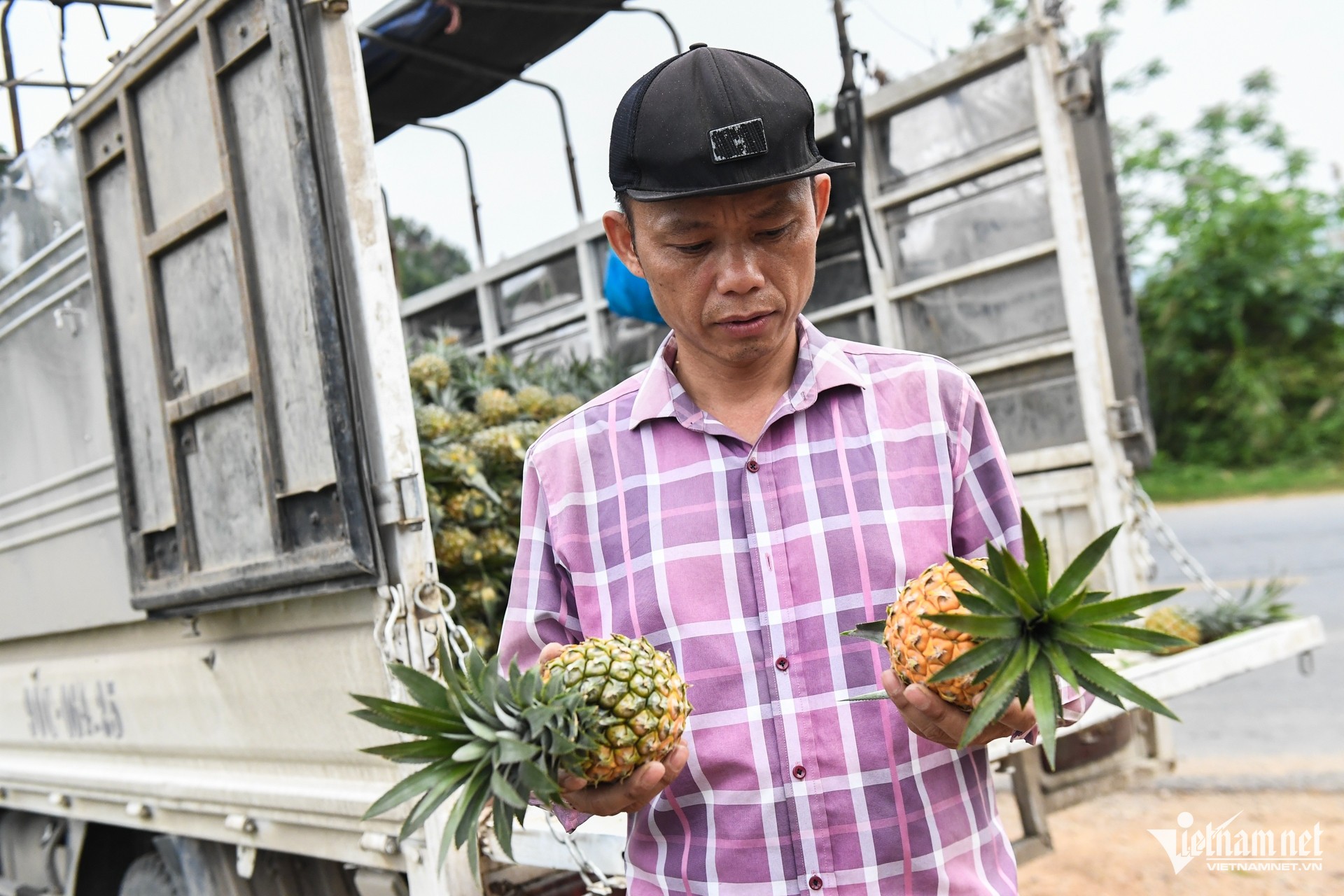
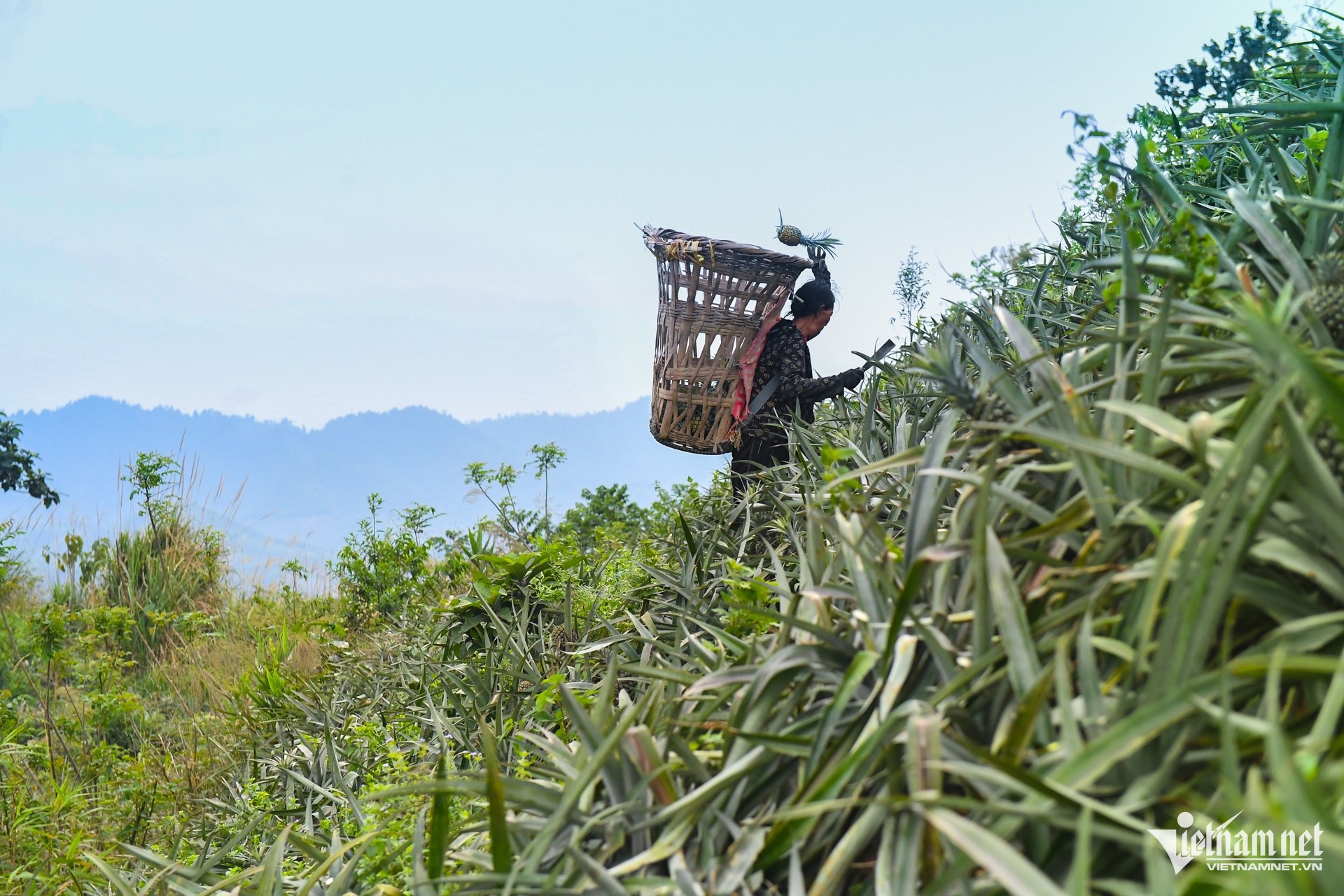
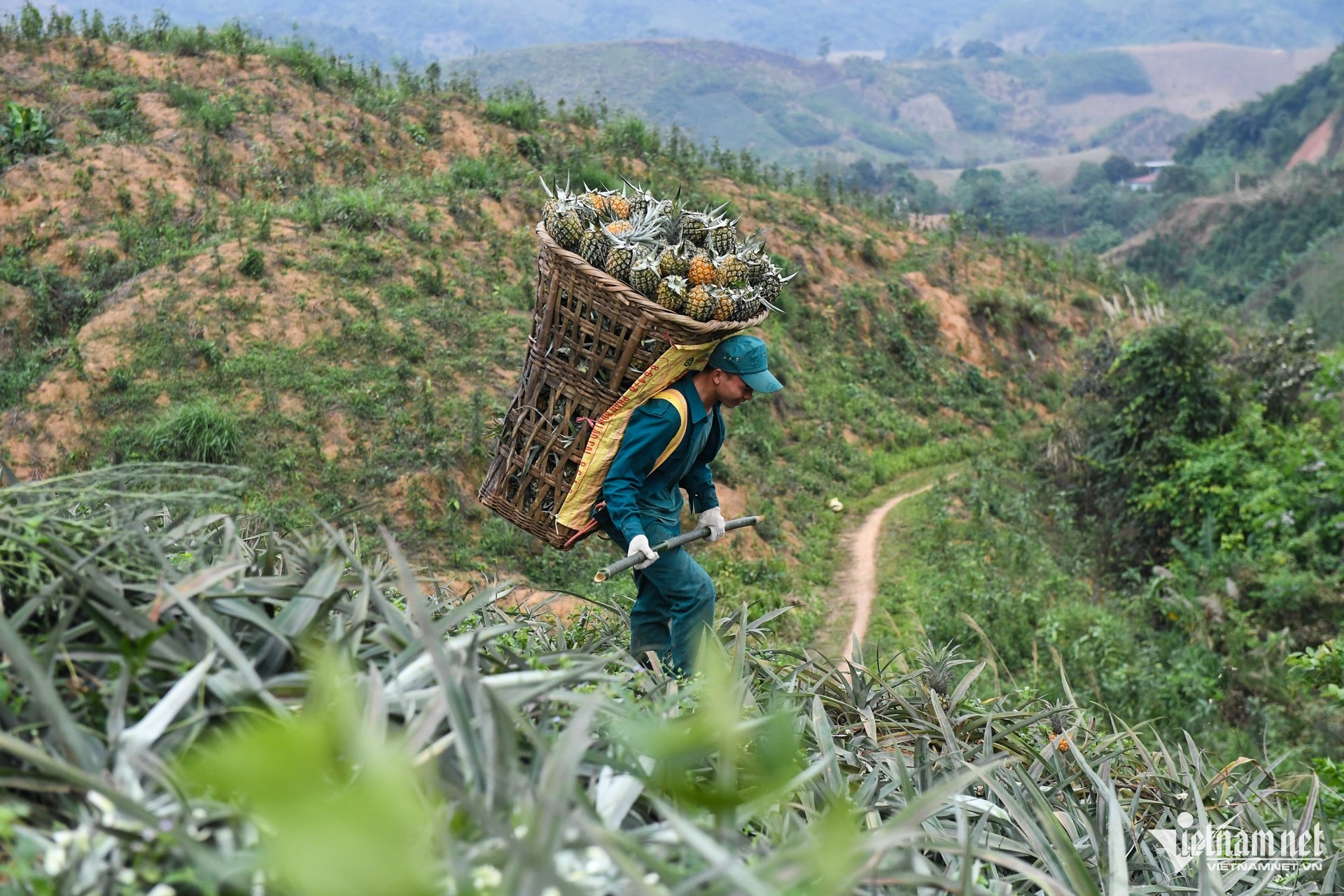
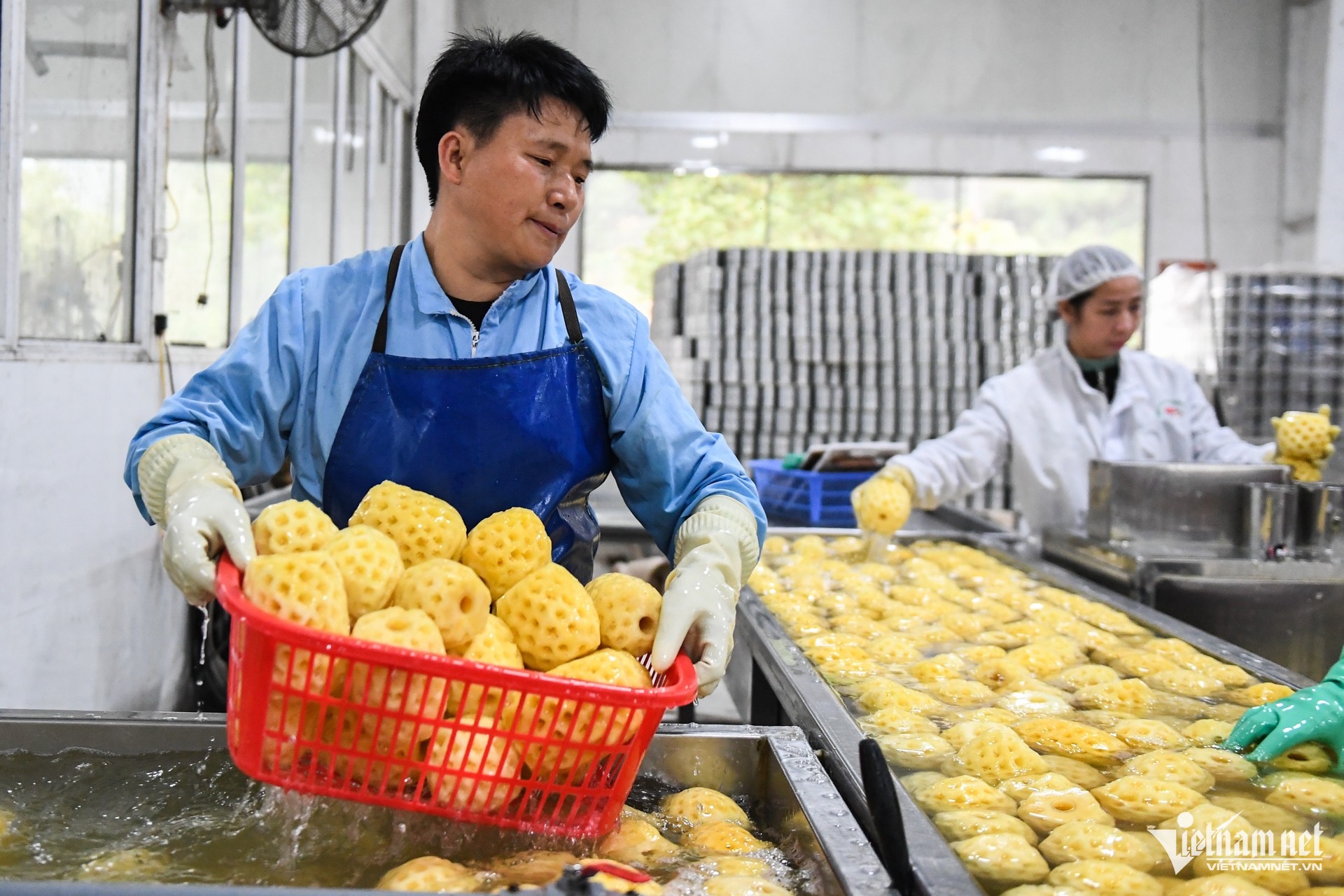
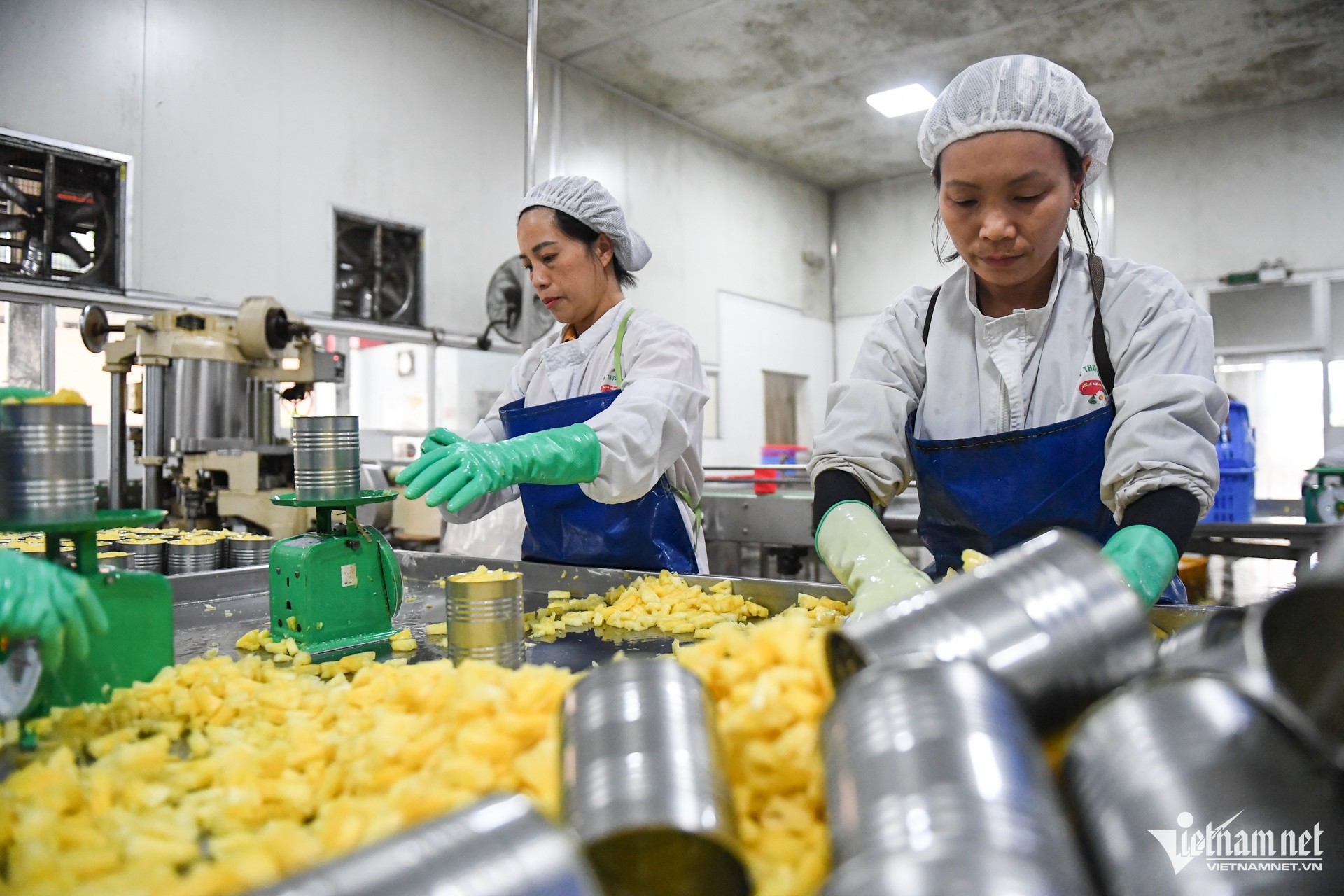

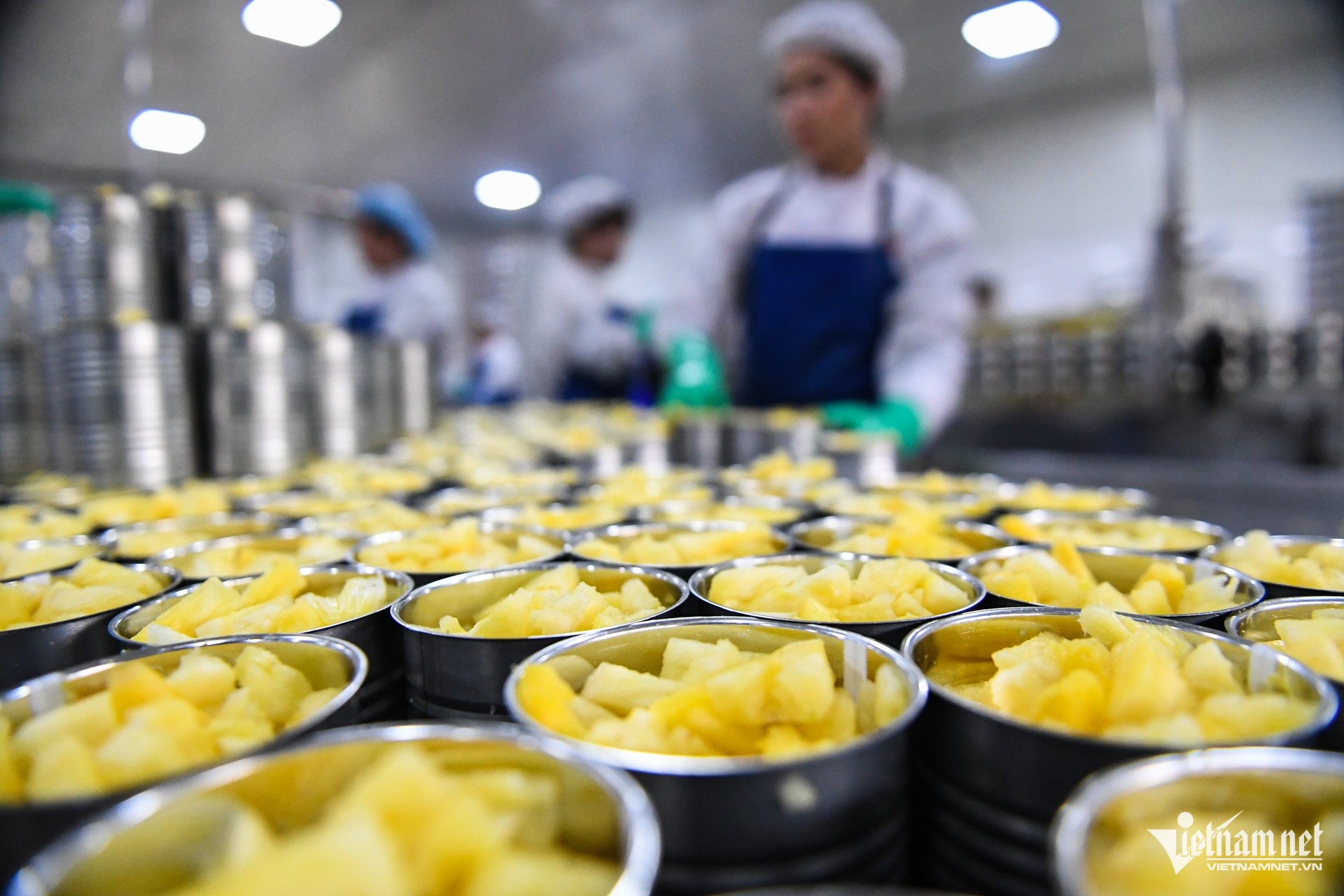
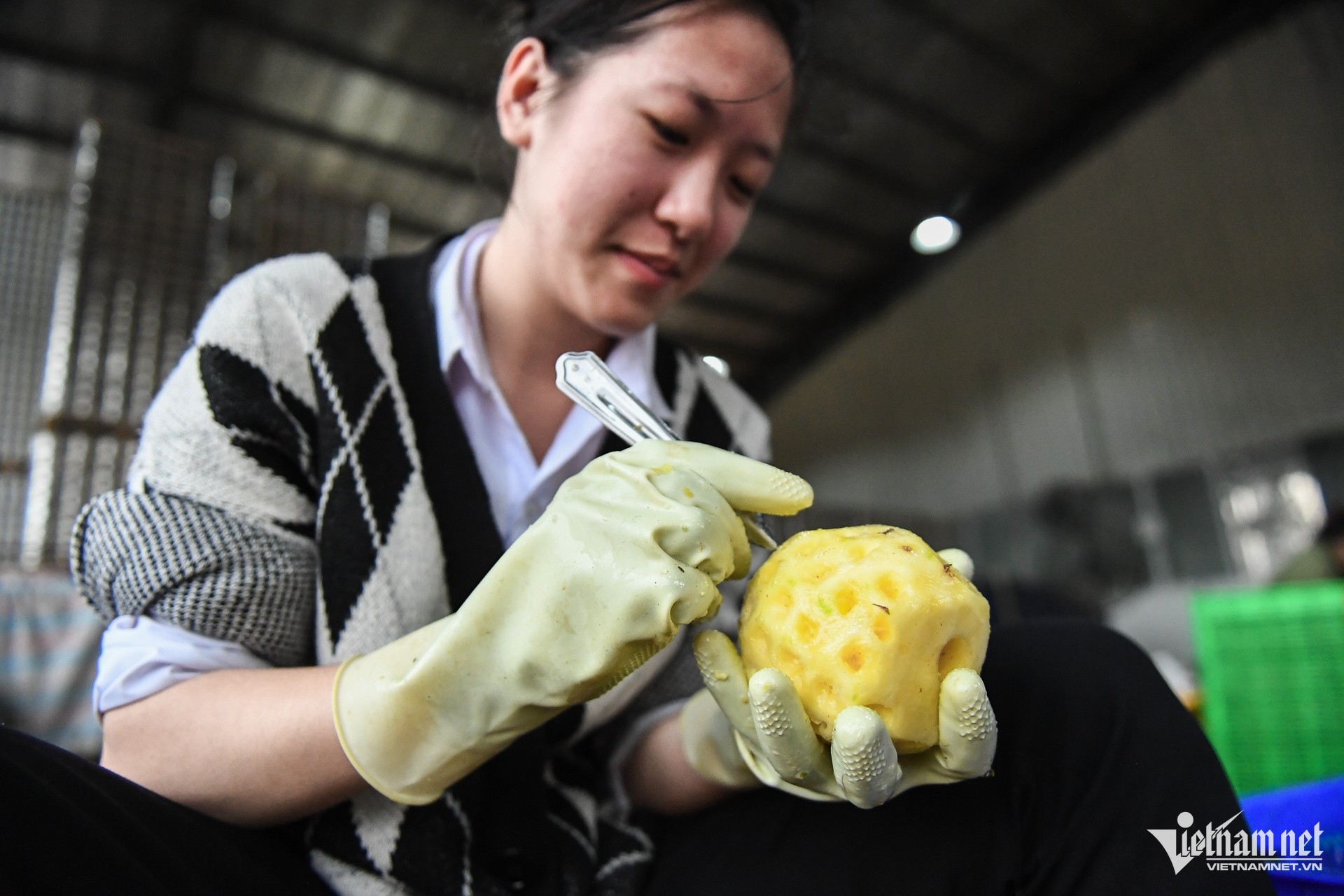
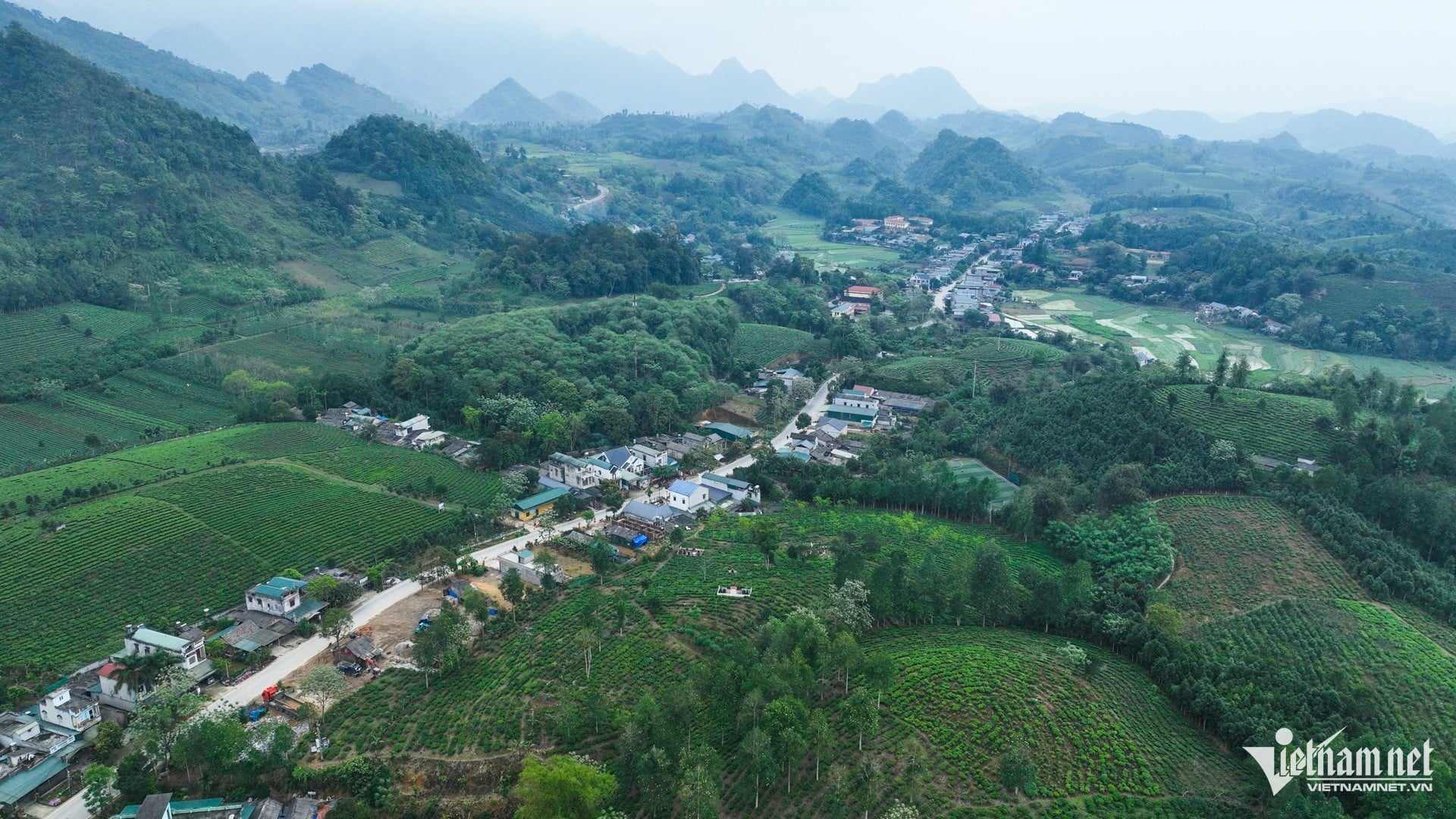
![[Photo] Funeral of former President Tran Duc Luong in Quang Ngai](https://vphoto.vietnam.vn/thumb/1200x675/vietnam/resource/IMAGE/2025/5/25/ccf19a3d8ea7450bb9afe81731b80995)

![[Photo] Welcoming ceremony for Prime Minister Pham Minh Chinh and his wife on an official visit to Malaysia](https://vphoto.vietnam.vn/thumb/1200x675/vietnam/resource/IMAGE/2025/5/25/dc30203c3ae24da3990266ec3b29bb2d)
![[Photo] French President Emmanuel Macron and his wife begin state visit to Vietnam](https://vphoto.vietnam.vn/thumb/1200x675/vietnam/resource/IMAGE/2025/5/25/03b59c7613144a35ba0f241ded642a59)
![[Photo] Ea Yieng commune settlement project abandoned](https://vphoto.vietnam.vn/thumb/1200x675/vietnam/resource/IMAGE/2025/5/25/57a8177361c24ee9885b5de1b9990b0e)
![[PHOTO] Hanoi fences off demolition of "Shark Jaws" building](https://vphoto.vietnam.vn/thumb/1200x675/vietnam/resource/IMAGE/2025/5/25/1b42fe53b9574eb88f9eafd9642b5b45)




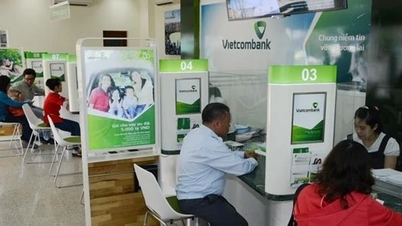
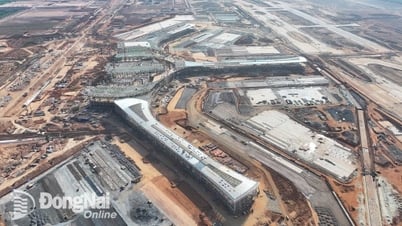








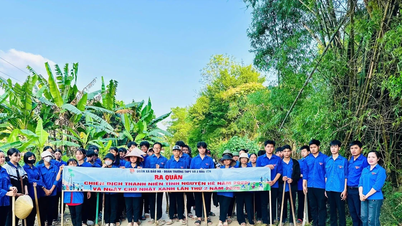
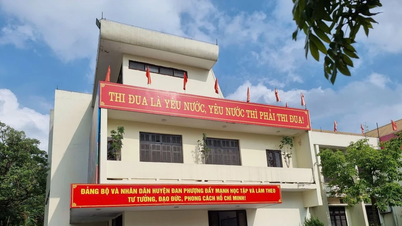
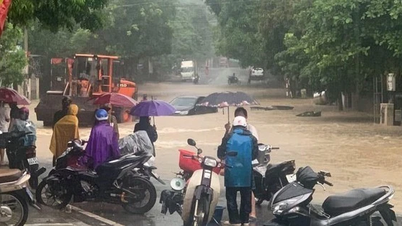



































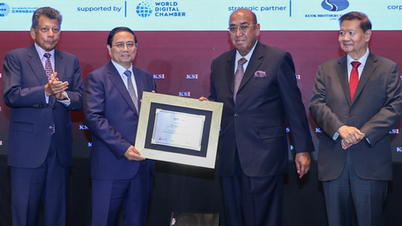













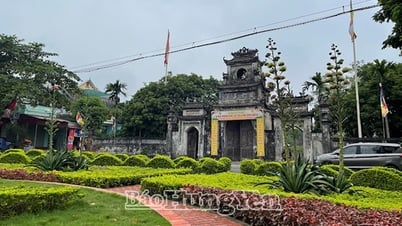

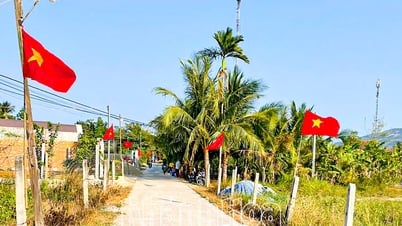














Comment (0)